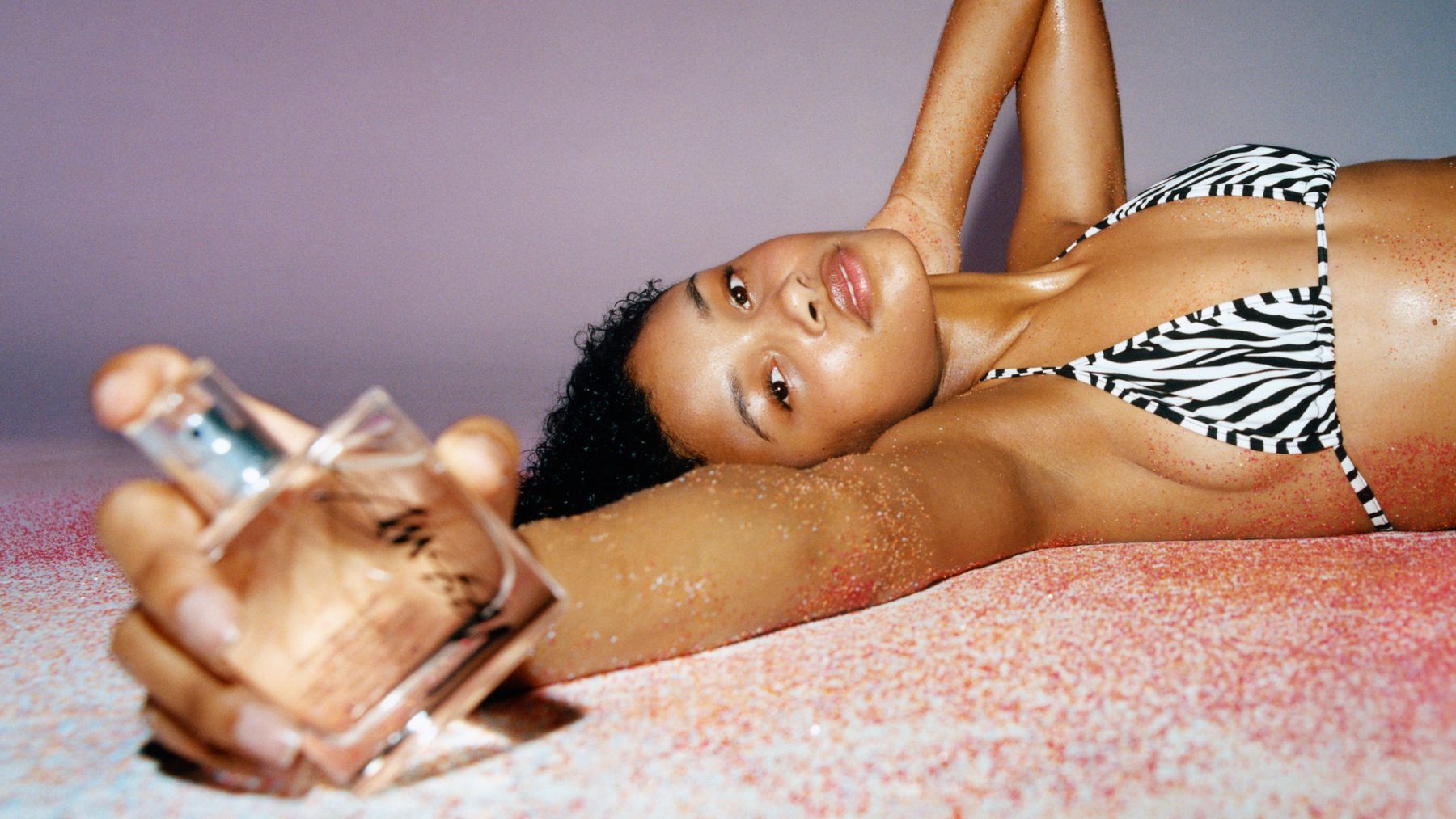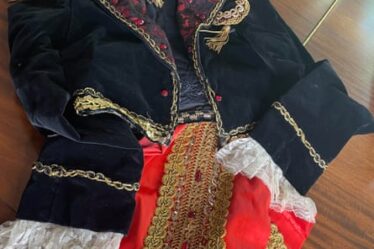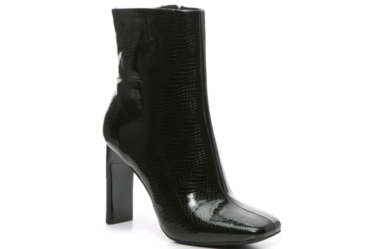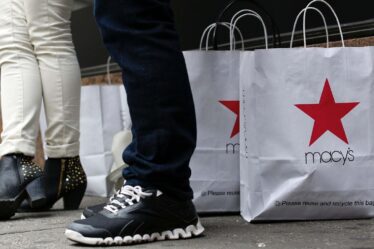
When Palm Angels designer Francesco Ragazzi decided to launch a fragrance, he opted not to take a traditional route — forging a licensing deal with the likes of Coty or Inter Parfums or building out production in-house. Instead, Ragazzi tapped a familiar strategy: collaboration.
He contacted Swedish perfume brand 19-69, a brand that shared Palm Angels’ obsession with California counterculture as well as placement at retailers like Browns and Dover Street Market.
“He just cold-called me one day,” 19-69 founder Johan Bergelin said of his first contact with Ragazzi in December 2019. “Immediately we saw there was sort of a curiosity from a creative perspective from both parts.”
That call resulted in a trio of collaborative fragrances, released in August 2021.
With the Palm Angels team-up, 19-69 joined a growing group of perfume houses opening their doors to brands and celebrities looking to get into fragrance outside the licensing model. Particularly interested in these fragrance team-ups are streetwear labels, which are pioneers when it comes to brand collaborations, but as of yet, haven’t found a natural entryway to beauty. In 2021, Japanese fragrance label Retaw paired with menswear designer Kiko Kostadinov while Comme des Garçons Parfums launched back-to-back collaborations with ERL, Stussy, and Kaws. Swedish fragrance brand Byredo ended 2020 with a sold-out Travis Scott collection, and Kith launched a fragrance with Malin + Goetz in 2019.
Collaborations are, in essence, a type of licensing deal, but one which can tell a more romantic, exciting story — a good fit for an indulgent product like perfume, whose names and advertising often evoke fantasy.
“Successful brand licensing is like a marriage — long-term, traditional, providing stability and security — whereas successful brand collabs are brief, surprising, and passionate affairs that create excitement and word of mouth gossip among those in the know,” says Steven Ekstract, managing director of Global Licensing Advisors.
However, not all collaborations are made equally. Just as downmarket licensing deals led to the dilution of brands like Pierre Cardin and Bill Blass in the 20th century, if done incorrectly, today’s labels risk muddying their identity as another thoughtless logo slap in an oversaturated collaboration market. But as the perfume market grows and collaborations become de rigueur for consumer goods, collaborative fragrances offer ample opportunity for both streetwear and niche fragrance brands to expand their reach.
A New Beauty Customer
Perfumes, like many beauty products, haven’t traditionally fallen within streetwear’s male-dominated realm. But streetwear is increasingly widening beyond its core demographic — figures like Noah founder Brendon Babenzien was named creative director for J.Crew’s men’s business in May 2021, while New Balance gave Aimé Leon Dore founder Teddy Santis the same position for its Made In USA brand. Beauty, too, is expanding the bounds of traditional femininity, as Pharrell and Harry Styles launch beauty lines and brands like Youth To The People take a gender-neutral approach.
The intersection of the two worlds is a chance to create what Bergelin calls “fragrance for an audience not really wearing a fragrance.” Some of that novelty is necessary to break through the crowded market of streetwear crossovers.
“Some of the most exciting partnerships and collaborations are when they’re a bit unexpected or disruptive,” said Lori Legaspi Moores, Vice President of Merchandising, Everything Else, at SSENSE.
A successful partnership can be mutually beneficial for both the perfume brand and the streetwear collaborator, as the former can gain a coveted stamp of approval with a young, fashion-forward audience, and the latter can gain the expertise of an established brand within an esoteric product category.
“Successful brand licensing is like a marriage — long-term, traditional, providing stability and security — whereas successful brand collabs are brief, surprising, and passionate affairs.”
That is, Ekstract said, if they can successfully tap into the communities of both entities. Streetwear’s discerning audience will know right away if a partnership is a blatant play to jump on the collaboration bandwagon, making a clear alignment in aesthetics and ethos all the more crucial.
“These streetwear brands have such engaged audiences and communities,” said Legaspi Moores. “If it feels like there’s no intention, or [the brand is] not being discerning about it … it starts to feel like a money grab.”
But the perfumer entering into a collaboration has to pull its weight as well, which is why Byredo has snatched up so many high-profile fragrance collaborations, from Travis Scott to Off-White and Inez & Vinoodh — a natural fit for a brand known for frequent launches, with four new scents across 2021, a rarity in the world of niche perfume.
“The fragrance brands, just like any brand, create a community,” added Legaspi Moores. “They’re successful if they create a real, clear positioning.”
The Changing Perfume Counter
Designer perfume brands have long let a consumer buy into a storied luxury house for a relatively affordable price, except in reality, most are created by a handful of third-party licensing partners. Viktor & Rolf’s Flowerbomb, Maison Margiela’s By the Fireplace and Yves Saint Laurent’s Black Opium, for example, are all produced by L’Oréal.
“There’s a certain fantasy that we have around brands. And that fantasy is, ‘Oh, this brand is gonna make me feel sexier when I wear it,’” said Ekstract. “I think there’s a certain level of disappointment when you discover that, ‘Oh my gosh, that’s all made by one manufacturer.’”
Which makes it unsurprising that potential collaborators look to niche fragrance brands — brands that specialise in fragrance first and foremost and are typically sold in independent boutiques — over the likes of Dior or Prada, even while the latter’s apparel counterparts are mired in collaborations with Jordan, Adidas and more. (Comme des Garçons Parfums, which has incorporated collaborations into its line going back to 2008, is the glaring exception.)
With collaborations, they’ve turned a level of outsourcing into a feature, not something to hide.
“The niche brands, with their focus on craftsmanship and more exclusive distribution, feel more personalised,” said Legaspi Moores. “For how educated and discerning customers are, that’s super appealing.”
The rise of big niche names like Le Labo, which Estée Lauder acquired in 2014, as well as perfume’s viral appeal on platforms like TikTok have helped certain niche perfumes inch closer to the name recognition of their designer counterparts, without spending the tens of millions they typically drop on celebrity ambassadors.
“When you do a brand collaboration, it creates a lot of excitement on social media, which is really the new form of advertising,” said Ekstract.
The traditional celebrity or designer fragrance, licensed or not, isn’t likely to go anywhere; Ariana Grande has launched commercially and critically successful perfumes with Luxe Brands, while Hedi Slimane’s Celine is still growing its in-house fragrances. Dolce & Gabbana just announced earlier this month its intention to take its fragrance business in-house. What makes or breaks a perfume is that it speaks to a consumer’s individual expression, whether it’s a limited-edition collaboration or a scent available at every mall in the country.
“Maybe that’s the new luxury, the personalisation aspect of it,” said Legaspi Moores. “Fragrance, beyond being potentially your first purchase in luxury, it’s deeply personal.”



